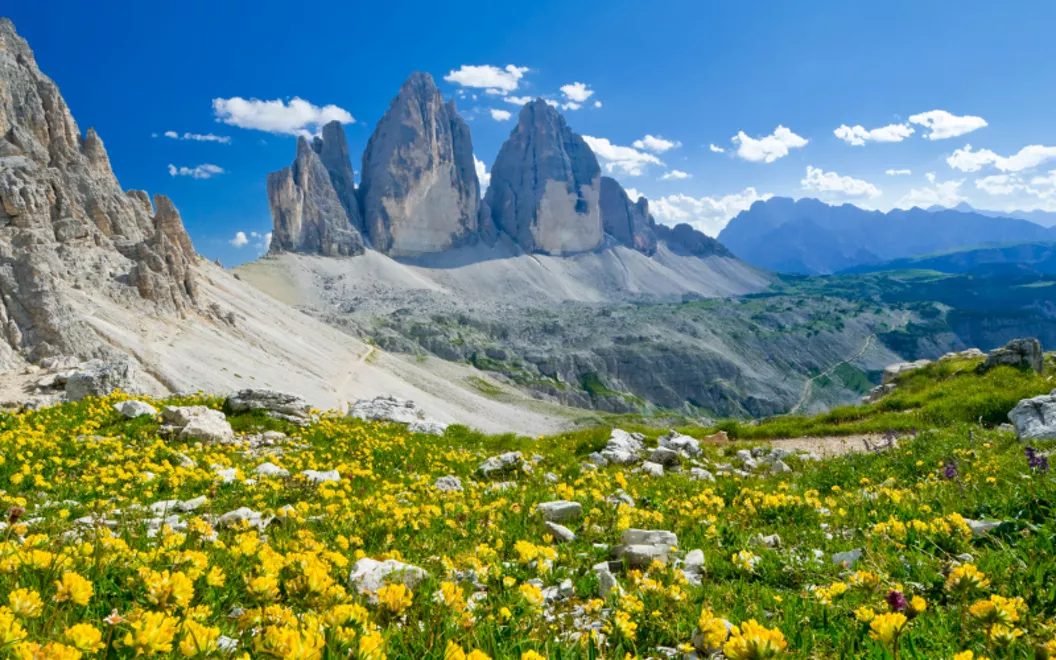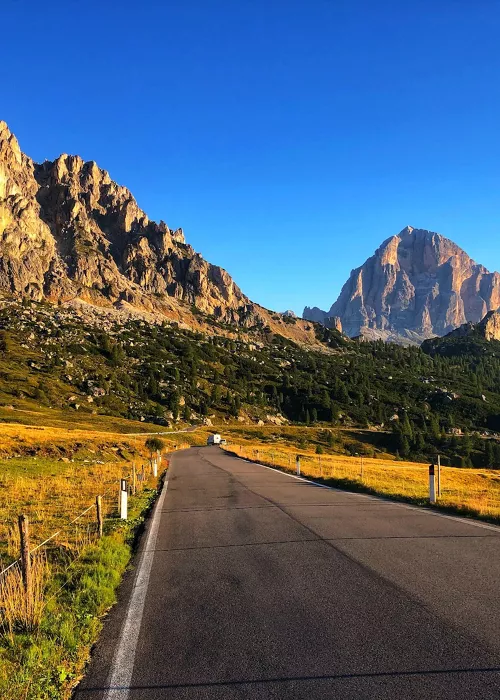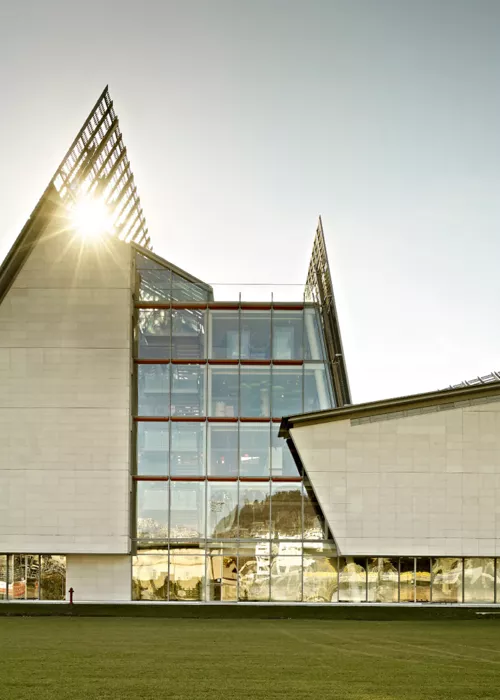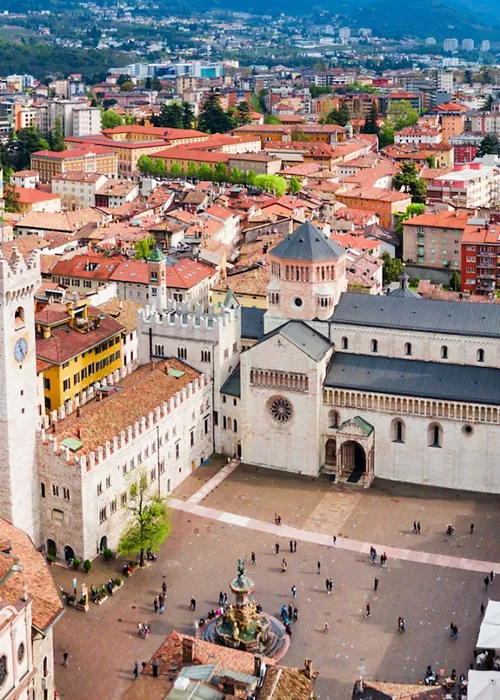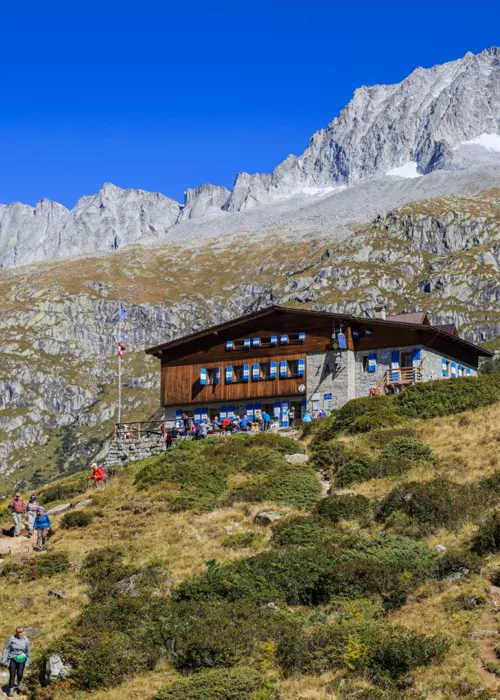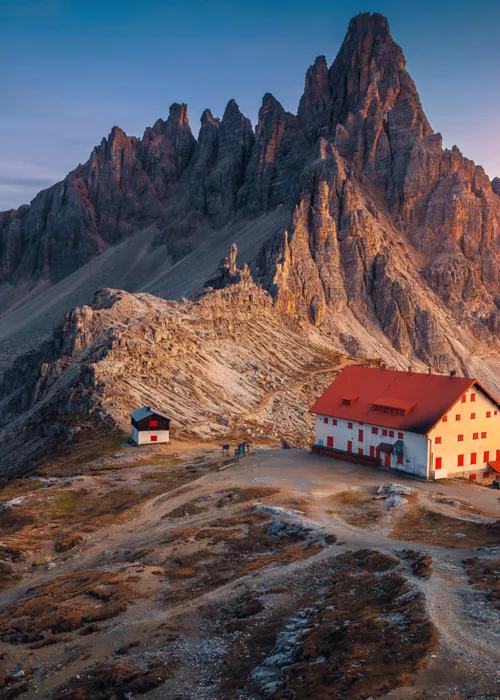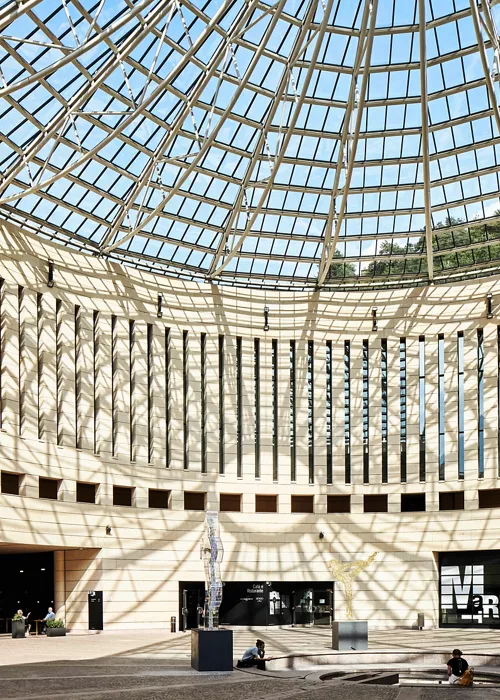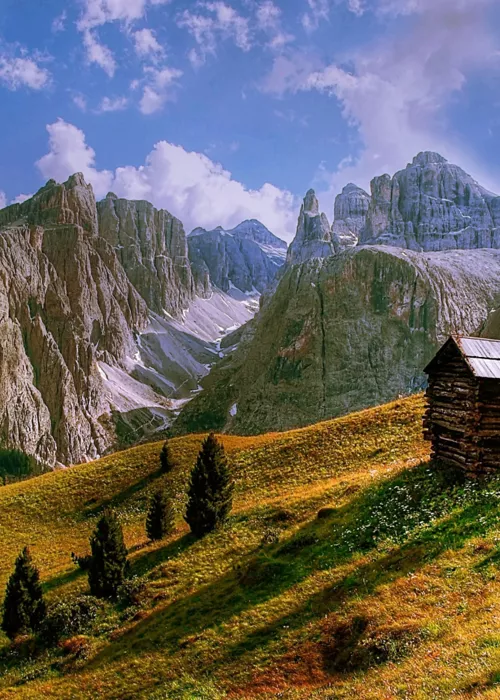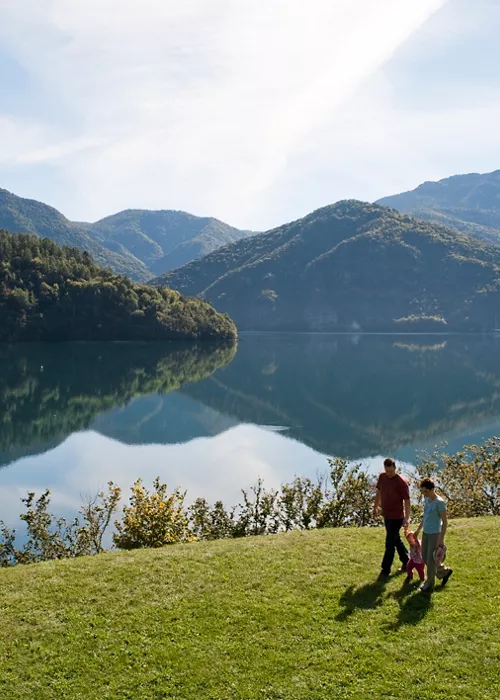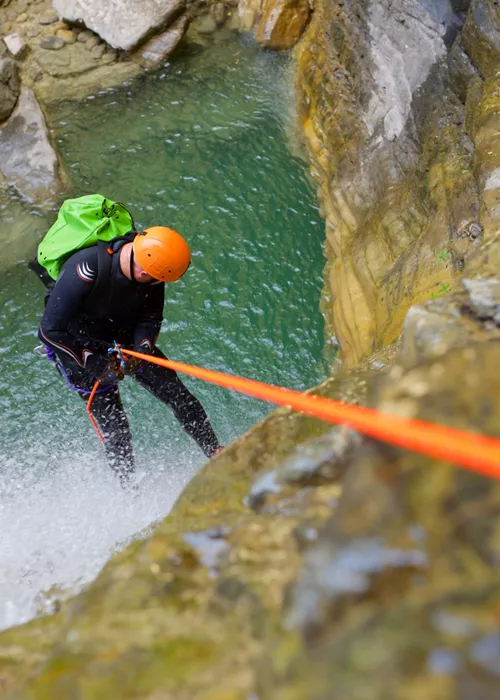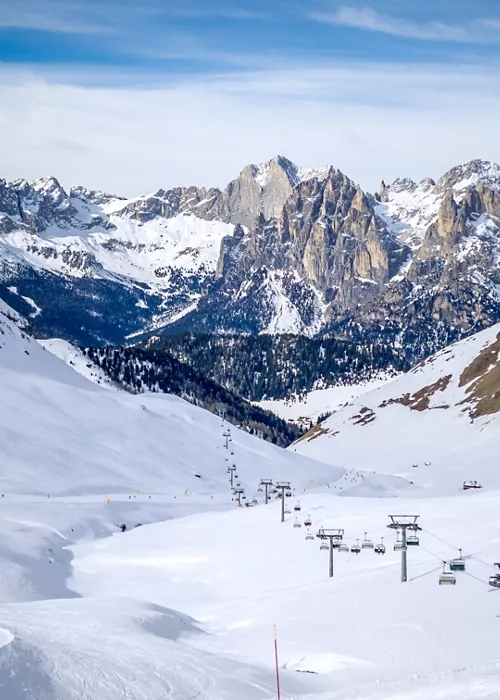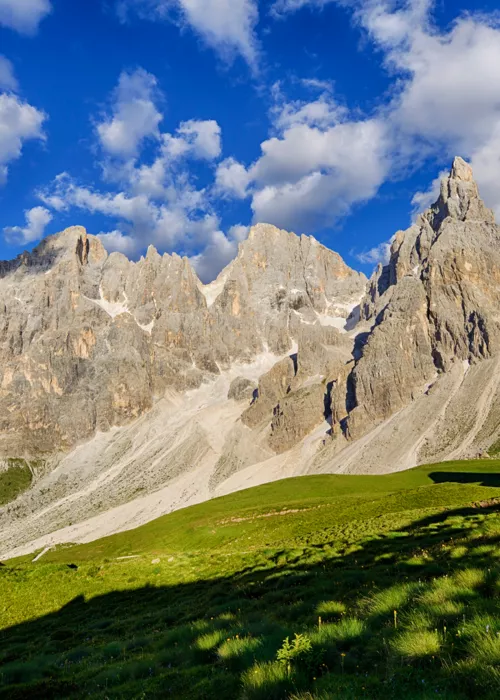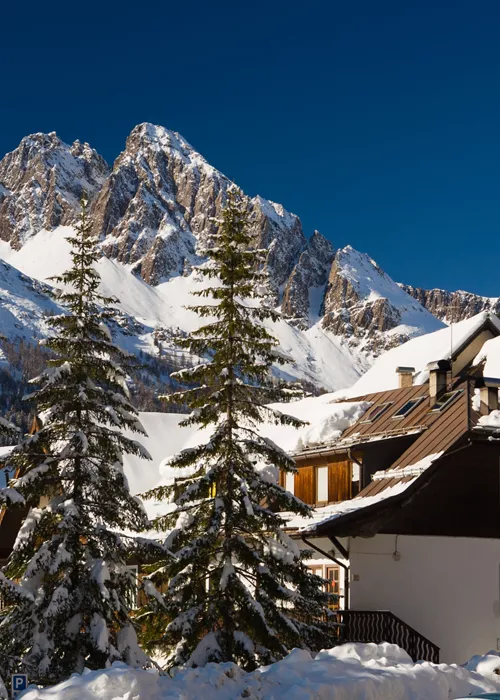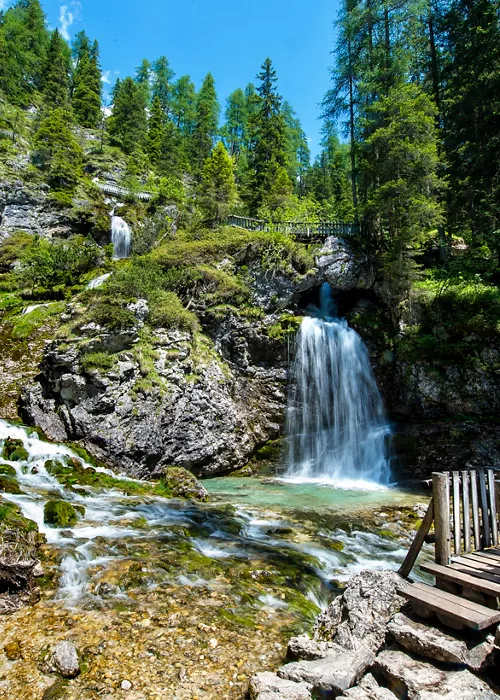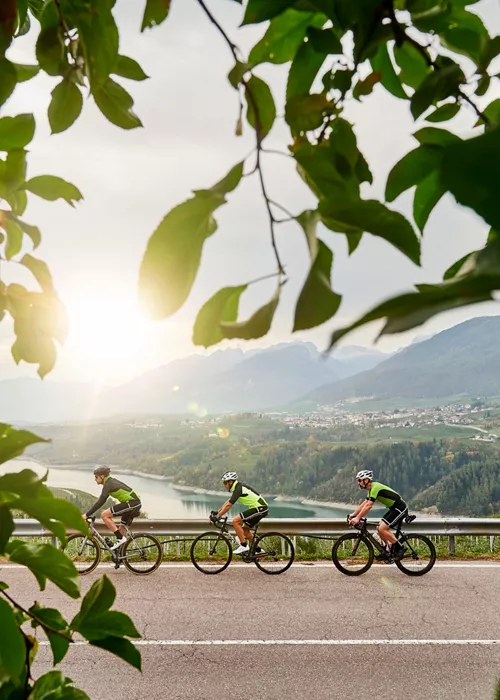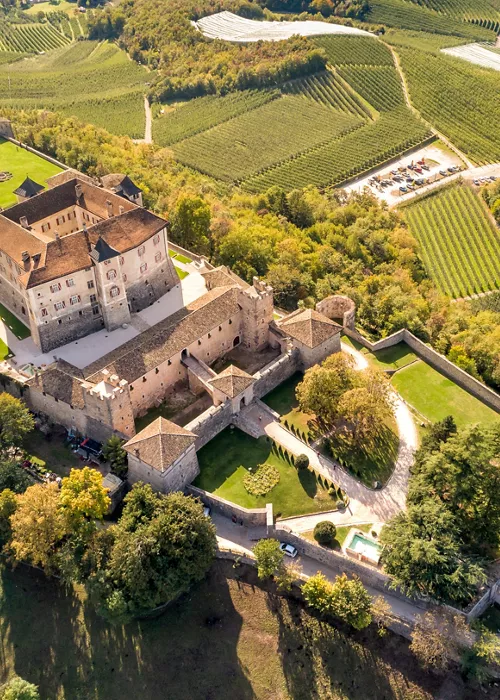In the Dolomites, discovering winter flowers
3 minutes
When summer gives way to autumn and the bright greens of the warm season turn into the kaleidoscope of wonder that is foliage, in Trentino you can also admire a wide variety of mountain flowers, typical of autumn and winter.
Cyclamen, heralding autumn
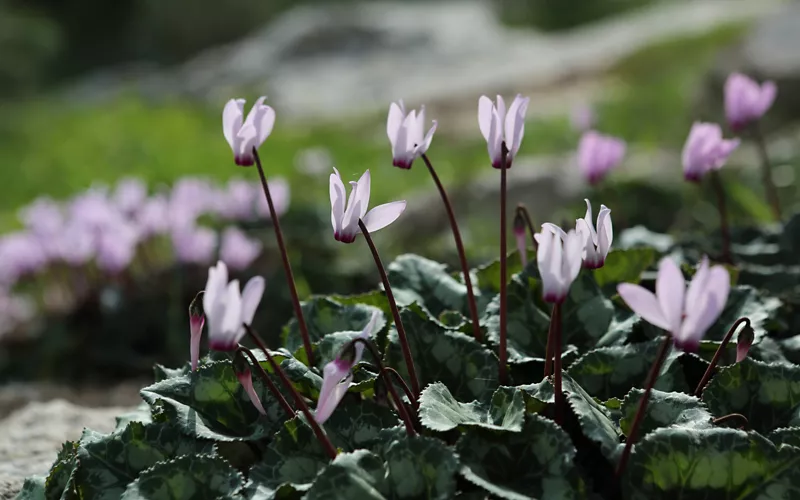
Our journey to discover the flowers of the Dolomites, small masterpieces of nature, begins with cyclamens, which take advantage of the sunlight filtering through the beech forests, and are easy to encounter and recognise during any walk, even the simplest.
Pink and fuchsia are their most common colours but it is not unusual to find other varieties. Colouration depends on pigments, a genetic characteristic, but the intensity with which the colour appears is also a consequence of external components, such as temperature, the amount of minerals in the soil and the sunlight the plant receives.
Here, each season, each habitat, each year can present small differences. Dauphinidin, cyanin and peonidin are the pigments for pink, purple and violet, while carotenoids are responsible for yellow. Each season of the moon, and of life, has its own colour, a detail that adds poetry to poetry.
The hellebore, or Christmas rose
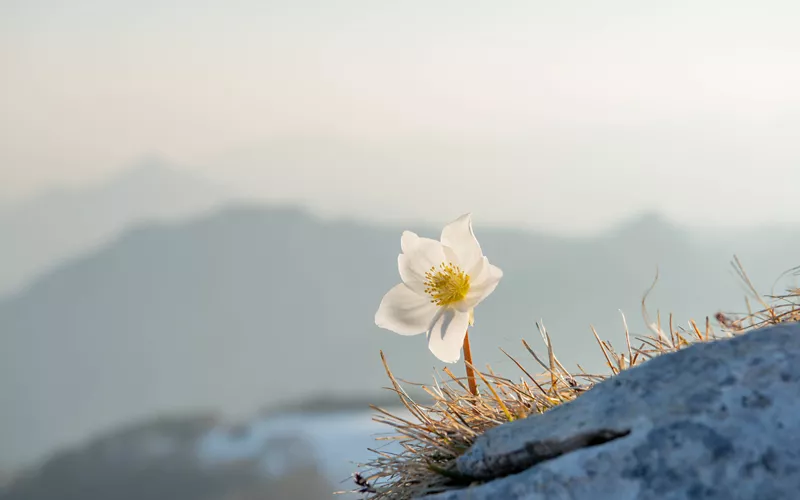
Also typical of winter and characteristic of these areas is the hellebore.
In summer it goes unnoticed because of its green leaves, but in winter it is at its best thanks to its white flowers that blend in with the snow and make the landscape of the Dolomites even more unique.
Also called Christmas roses because they bloom between December and February, you can also see hellebores in purple, pink, cream and green variants.
Despite its harmless appearance, hellebore has a terrible reputation encapsulated in its name: in ancient Greek, helleborus means food that kills. The reason is simple: the plant contains, in every part, a powerful poison that acts on the heart, helleborine. In the past, administered in small doses, it was used to cure insanity, but is lethal in excessive quantities.
All the hellebores of Trentino
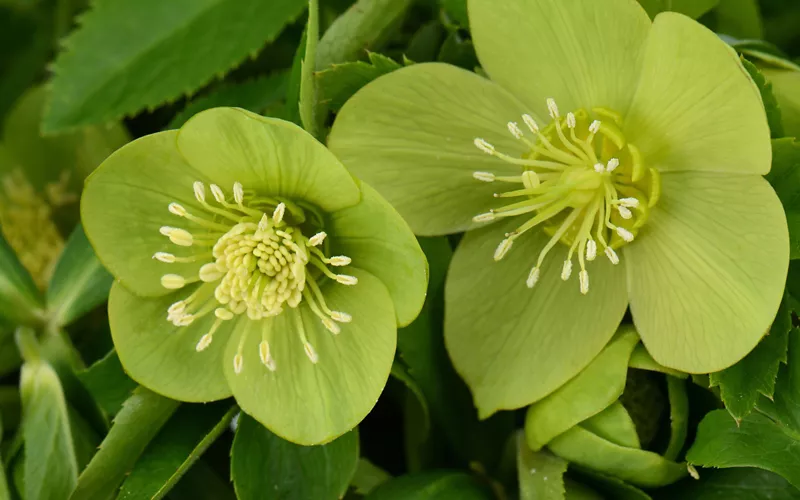
Not all hellebores are the same. The Christmas rose, or Helleborous niger, fills mountain meadows, deciduous woods and thickets until April. In February, on the other hand, you can more easily observe the petals of Helleborous viridis, a green hellebore, which can be found in forest clearings or at their edge; the flowers are as pale as snow, or as green, thanks to the large amount of chlorophyll they contain. Stinking hellebore, whose scientific name is Helleborous foetidus, is only found in the Dolomites of Trentino; its flowers are bell-shaped, greenish in colour with reddish margins and, as its name already suggests, it has an unpleasant smell.
At Viote, to discover the secrets of mountain plants
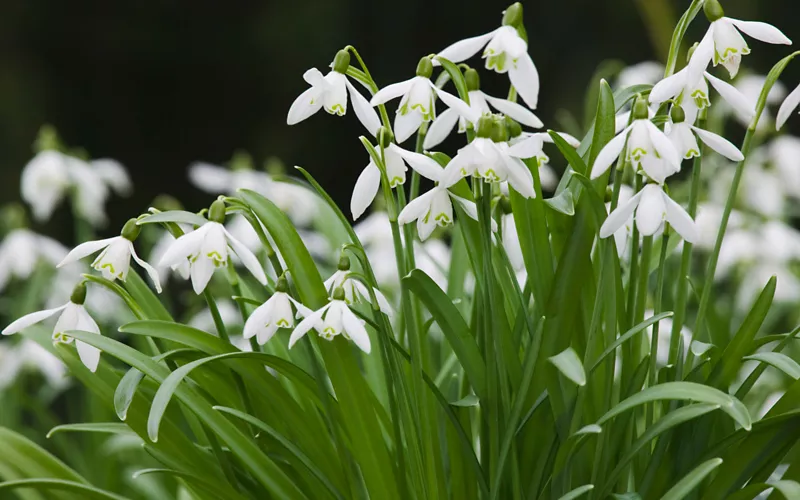
On the eve of spring, however, the snowdrop is king of the Trentino forests.
Galanthus nivalis, this is its scientific name, grows in damp places, along streams, in meadows and in deciduous mixed forests, heralding a new beginning. Also called morning star, precisely because it blooms when it is still winter, first among all the other flowers, it has a bell shape and prefers high-altitude climates.
If you are curious to learn more about the flowers and plants that grow in the Dolomites, visit one of the many botanical gardens in Trentino. Among the largest in the Alps, for example, is the Viote di Monte Bondone Alpine Botanical Garden. It is located in Viote, in the province of Trento, and in ten hectares it collects about two thousand species of high-altitude plants, many of them endangered. Here, you will not only discover Dolomite flowers and plants: the Garden, in fact, contributes to the conservation of the biodiversity of plant species from the world's major mountain ranges and participates in the international non-commercial seed exchange programme, drawing up the Delectus seminum, a kind of census, every year.
In winter, however, the address to mark in your diary is MUSE, the Science Museum of Trento, because the botanical garden is located at altitude and is only open in the summer months. In July and August, the peak periods, there are many activities planned, from guided tours to tasting teas and infusions made from mountain plants.

